The Show was Originally Just a 90-Minute Special

The comedic duo of Jerry Seinfeld and Larry David was an unstoppable team. They originally came together to create a comedy special, known as The Jerry Seinfeld Show, that would air as part of Saturday Night Live's timeslot. However, once they got to work on it, they quickly realized that 90 minutes wasn't enough time to capture all the laughs they had planned!
Thus, the two men decided to develop the project into a full series—and the iconic show, Seinfeld, was born. The transformation from special to series proved to be successful, creating an award-winning show with millions of loyal viewers that left us marveling at its charm for nine full seasons.
Other Choices for Elaine

It may be hard to believe, but a few of the most beloved comedic actresses of today were once almost cast as the iconic character on Seinfeld, Elaine. Before Julia Louis-Dreyfus ultimately secured the role and forever cemented her place in television history, Patricia Heaton, Rosie O'Donnell, Mariska Hargitay, and Megan Mullally were all considered for the part.
While these actresses could have shone in their own unique ways as Elaine Benes, it's universally agreed that Julia Louis-Dreyfus was meant for the role—a testament to her talents and charm that still linger to this day.
Jason Alexander Wasn't the Preferred Choice for George

Jerry Seinfeld must have been so disappointed when his friend Jake Johannsen refused to play the role of George Costanza—though it all turned out for the best! Maybe Johannsen accidentally did us a favor, because Jason Alexander stepped up to the plate and did an incredible job with the role.
He brought some serious comedic chops to it and made us laugh every week. Thank you, Jake, and thank you, Jason!
Audiences Hated It…At First.

When the sitcom first rolled out, audiences were far from impressed. It was almost a disaster—after the pilot episode was screened for test audiences, it was widely panned due to its lack of story and its uninteresting characters. It took audiences a while to catch on and start appreciating the show's subtle humor and clever writing, which eventually led to it becoming an unexpected hit by season 5.
Most of us now look back fondly on those early episodes, with a newfound appreciation for the show that almost didn’t make it past the first episode!
Was Going to be Entirely Male-Centric

When Seinfeld began originally, the show was set to be a largely male-centric cast. Just take a look at the pilot episode: you'll notice Elaine wasn't even in it. NBC executives had an acute vision and knew something needed to be done in order to save the show; so they decided it should include a female character as well.
Thus, Elaine was added, by name of Julia Louis-Dreyfus, becoming one of the most iconic characters in television history and an integral part of making Seinfeld one of TV's best shows.
The Theme is Different in Every Episode
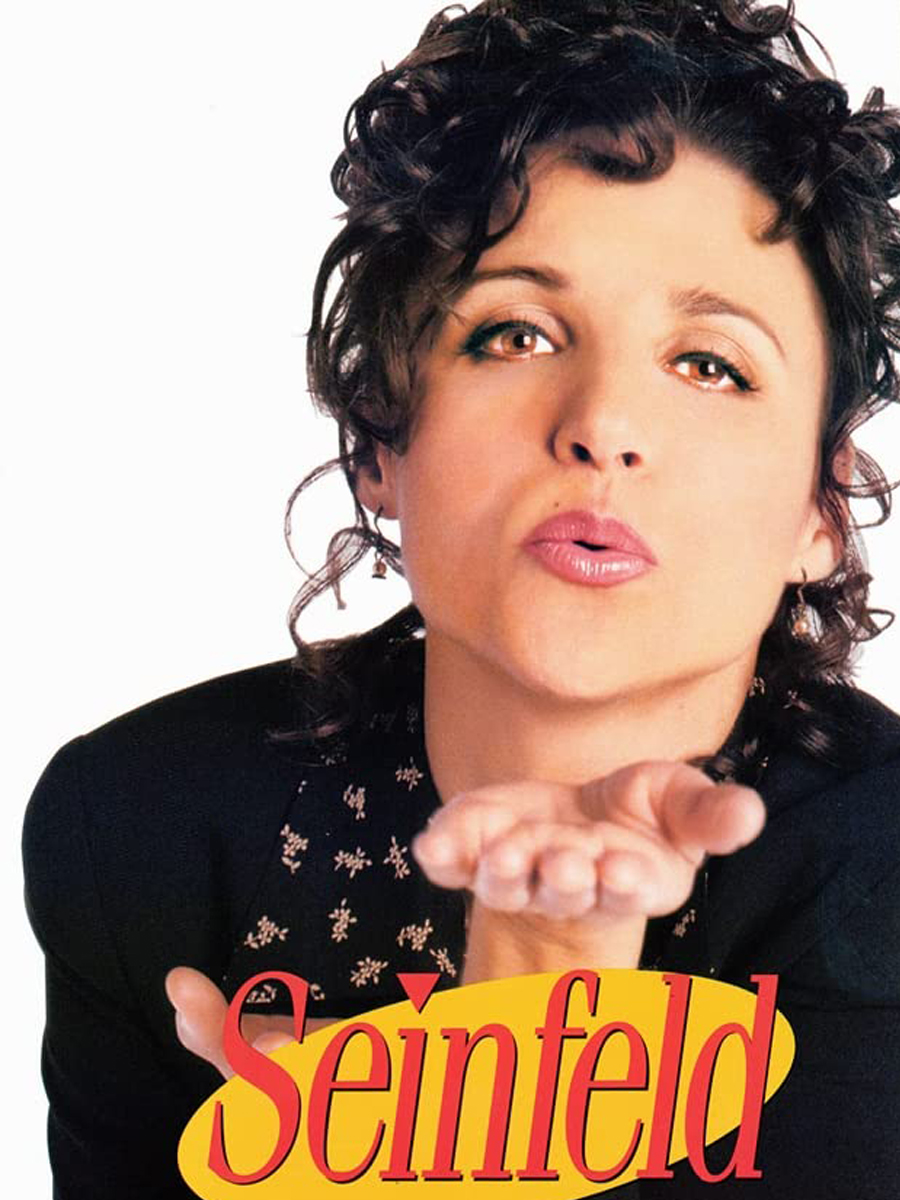
Most people are so enthralled by the content of Seinfeld that they don't even notice how it is constantly evolving for each episode. The show's composer was a master at subtly adjusting the theme to match what was going on. From ratcheting up the comic instrumentation during funny moments to providing an emotional background score when someone is having a hard time—they could do it all!
It's truly enjoyable to go back and rewatch episodes and have your ear detect exactly how the theme has been tweaked. Ahh, now that's good television!
What Happened to the Waitress in the Pilot
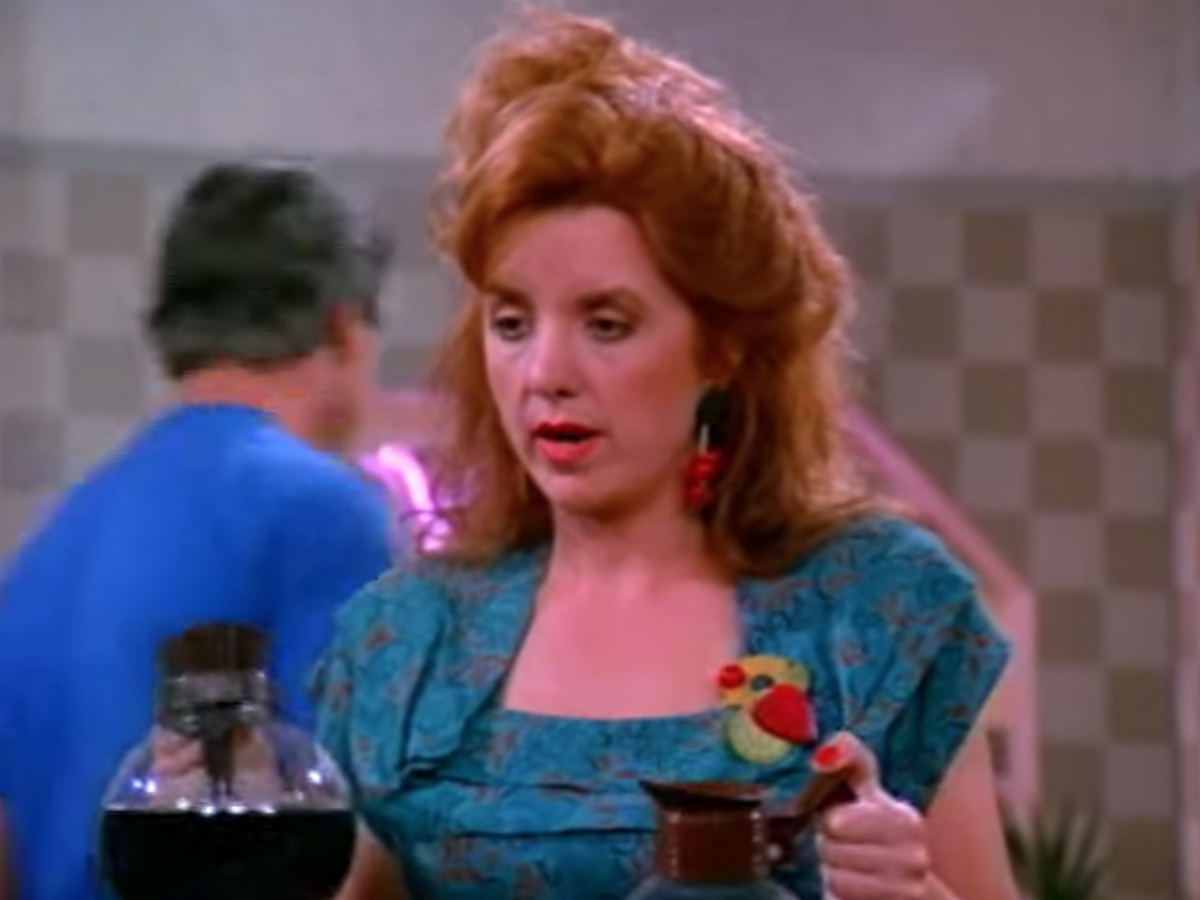
Claire the waitress had a mysterious departure from the show after the pilot episode and there have been conflicting accounts as to why. The more popular narrative was that Lee Garlington's tendency to rewrite lines, offer unsolicited input, and challenge Larry David's comedic chops became a bit too much for him to handle.
However, there is another story that suggests she was let go because Jerry Seinfeld co-wanted an involved female character and couldn't really see Claire fitting into their dynamic. There was an air of uncertainty surrounding her sudden exit, however, Elaine took her place soon enough in what proved to be one of the most successful sitcoms of all time!
Jerry Seinfeld Rejected a 10th Season and $5M
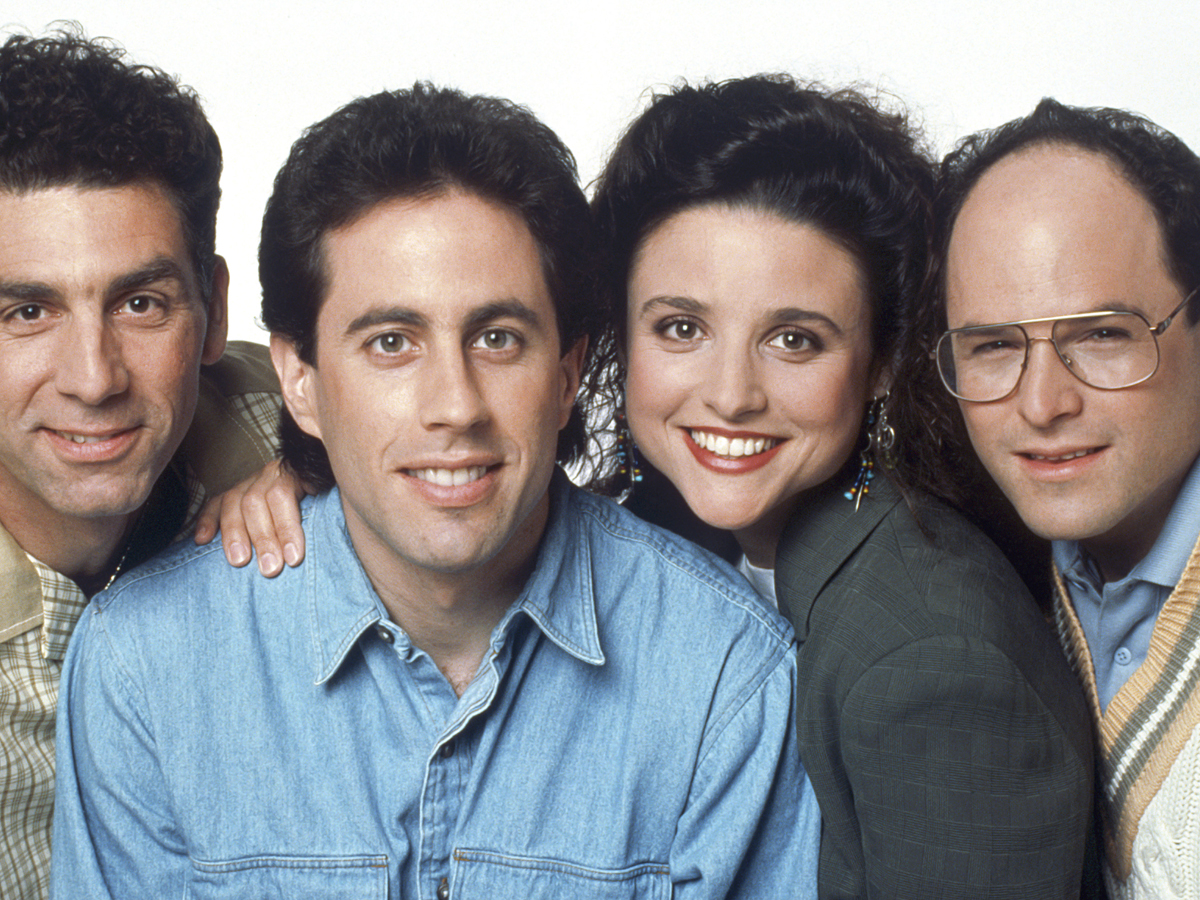
There's something special about the number 9 for Jerry Seinfeld. It was the number of seasons the hit show ran for, and it's his lucky number. Jerry puts a lot of trust in the power of 9, so much so that he turned down a generous offer of $5 million for a 10th season.
He believed so strongly in sticking with his lucky number that he may have potentially missed out on billions of dollars since then! Some of us might be envious, but we can all learn a lesson from Jerry–if there's something you're passionate about and believe in, don't let anyone talk you out of it!
Larry David's Voice Work

Larry David is an innovative showrunner and has lent his unique vocal styling to many of his classic show's characters. Of course, his take on George Steinbrenner, owner of the New York Yankees, was particularly memorable. His choice to never have the character appear visually added to the humor of the episode; however, even more remarkable is that Steinbrenner himself also made a cameo in one of Larry David's shows.
It's clear that not only has Larry David created a cult classic show with satirical characters galore, but he has used those same characters as podiums for some epic cameos. A true joke-master if there ever was one!
Elaine Almost Didn't Dance
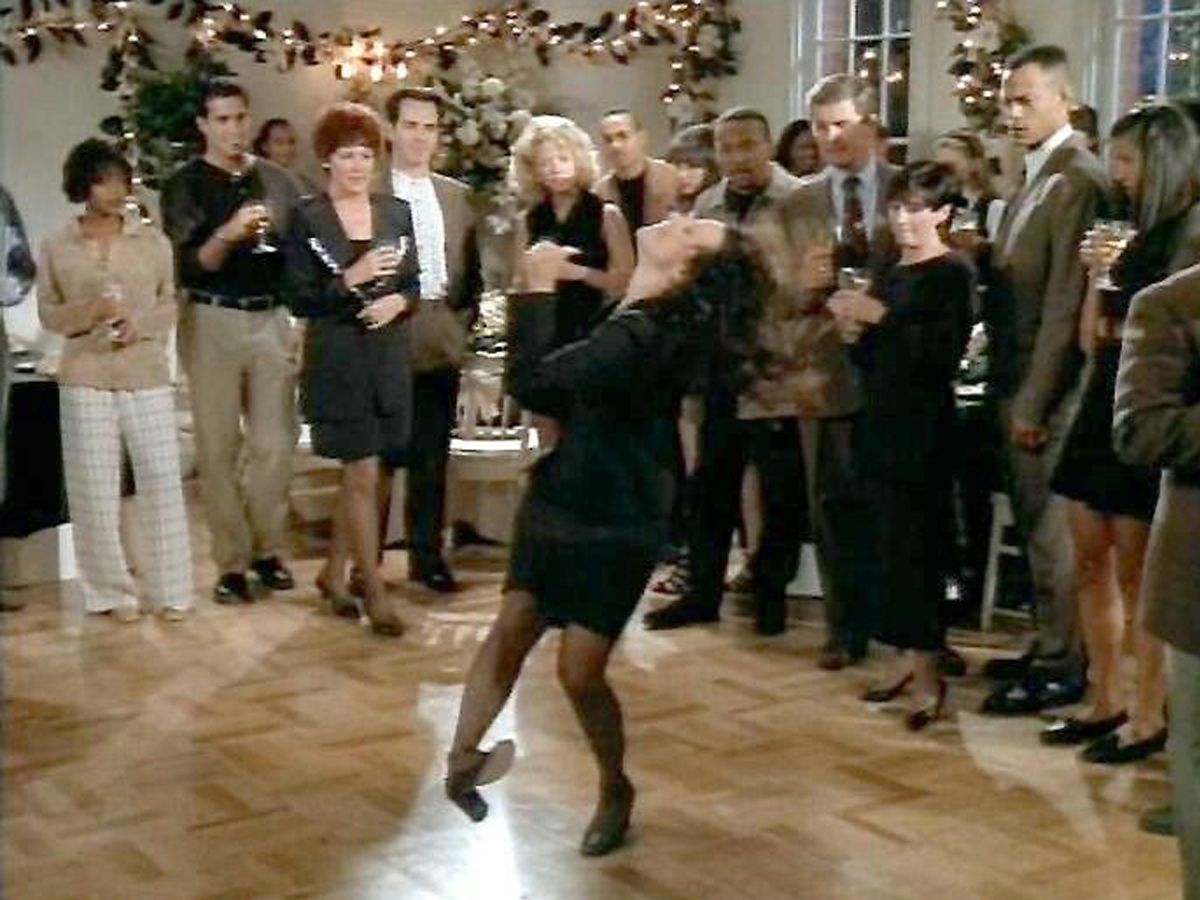
Elaine Benes's infamous dance moves are an unforgettable moment for all Seinfeld fans. From the overly expressive flailing to the knee-slapping humor it evokes, her dancing is an iconic part of the show we just can't help but love.
Believe it or not, though, the writers were initially concerned that it wouldn't make any sort of impact and, in fact, might even have a negative effect on Julia Louis-Dreyfus's career. Thankfully they decided to give it a chance, and we now think of Elaine Benes every time her ridiculous moves come on screen!
Jerry Made Julia Cry
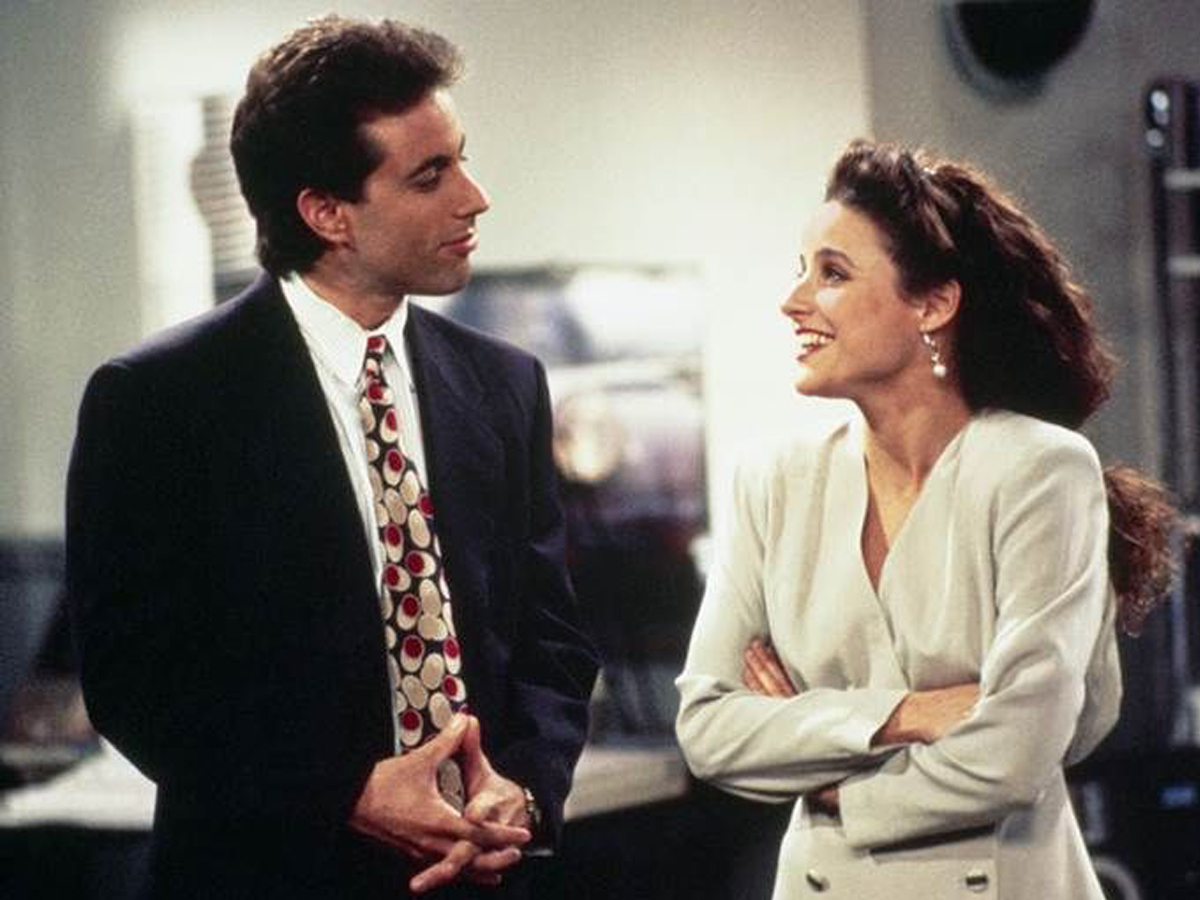
Julia Louise-Dreyfus getting "fat" during the third season of Seinfeld? Wow, she must have been really devastated when Jerry first approached her with this new idea. Imagine being that pregnant and facing an offensive plot twist like this! Of course, she cried—can you really blame her?
But what's really amazing is that even though it was a tough moment to face, she later realized that it could have actually been a good direction for the story. We can all probably relate to being stumped at work or going through a hard time, but hey, sometimes those moments end up working out in our favor!
Why Susan Was Written Out of the Show
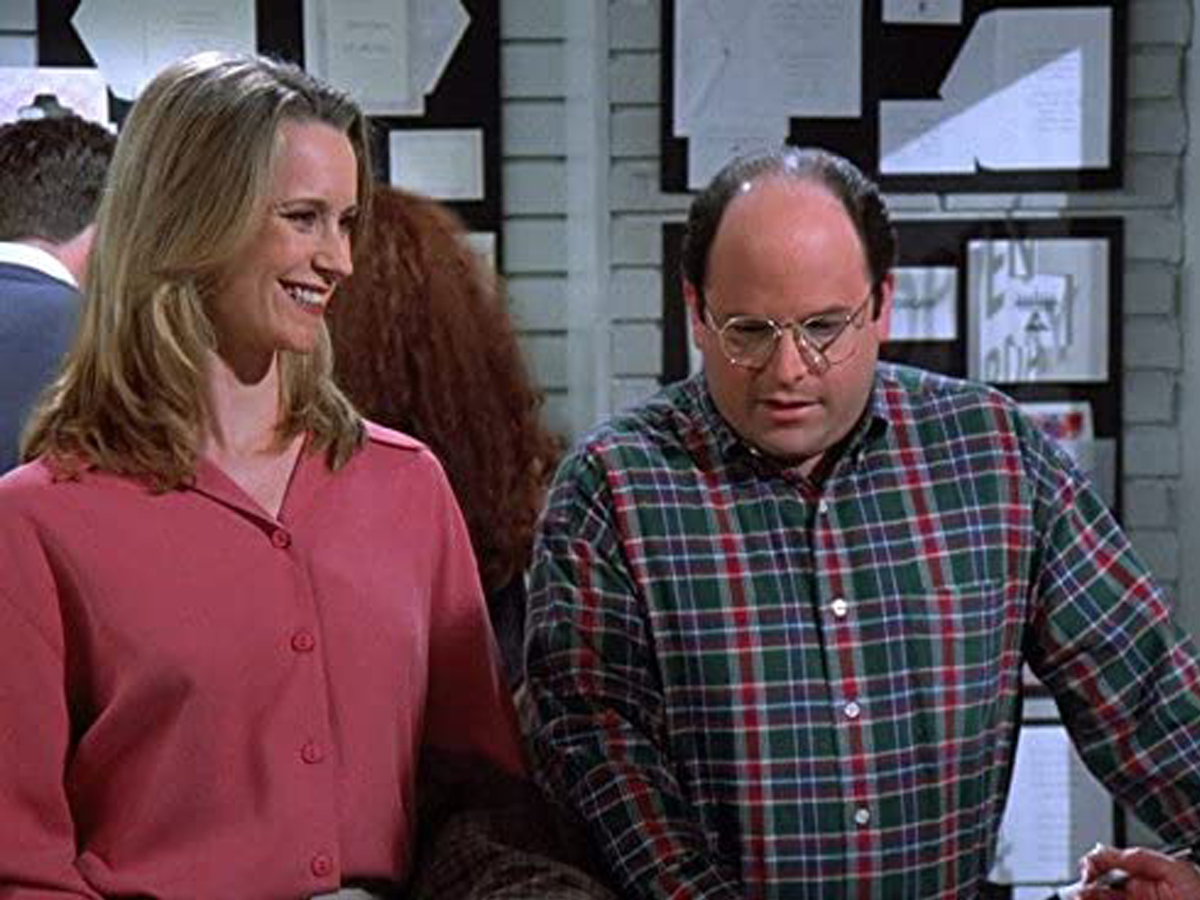
Susan was definitely not meant to be: everyone agreed she had no chemistry with George and lacked the comedic timing that could have made her a beloved integral part of the show. When it came down to it, Jerry Seinfeld and Julia Louise-Dreyfus led the charge in deciding she had to go, but how would they write her out? It was a conundrum until showrunner Larry David came up with one of the most brilliant solutions ever: what if Susan licked poisonous wedding invitation envelopes?
Who knew such a dire fate could befall an offbeat yet relatable character? Talk about hitting two birds with one stone—leaving plot lines open for new characters while also providing comic gold. You just can't make this stuff up!
Smallest Sitcom Order in History

The fact that NBC executives gave the green light for just four episodes of The Seinfeld Chronicles (later renamed to avoid confusion with another show) is a testament to their lack of faith in the project. Despite reservations from the very beginning, however, it’s amazing how one pilot can rise up to become an international sensation and cement its place in history as one of the best television shows ever made.
With only four follow-up episodes in its initial order to prove itself, The Seinfeld Chronicles sure did make its mark!
Kramer has the Same Shoes

Kramer, oh Kramer. Whether you love him or hate him (it's impossible to hate him, right?) you have to admit that he brings a certain flair to the show! But even the most die-hard Seinfeld fans among us may have missed this interesting tidbit: apparently, Michael Richards wears the same shoes in every single scene.
He must really be comfortable in them if he chooses them over any other pair; however, there is one exception—an episode that featured "vertical lift shoes" as part of the plot. It looks like we can add knowledge on footwear to all of his other impressive character traits.
Lawrence Tierney Was Just as Scary in Real Life
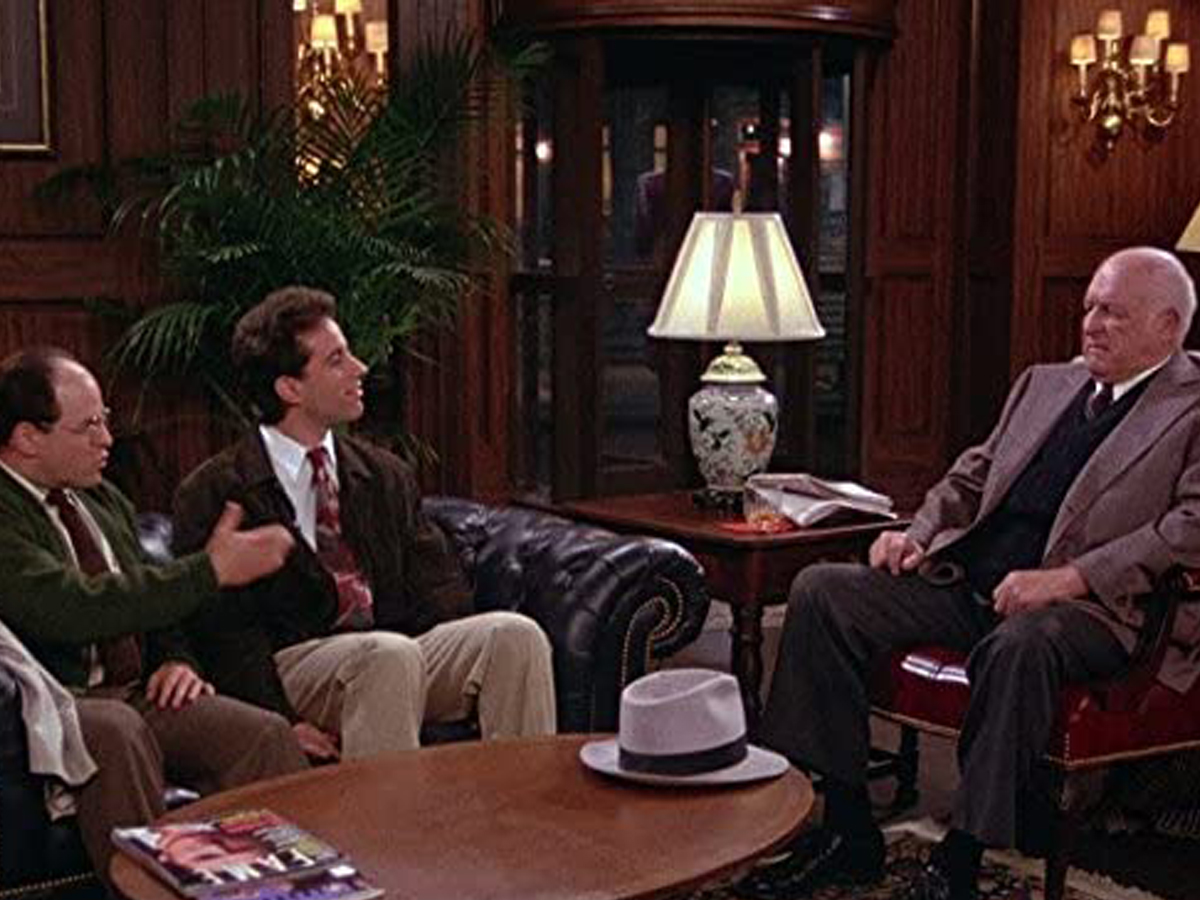
Lawrence Tierney in Seinfeld somehow managed to turn his acting stint into an unscripted scene. His character was intimidating and a little off-kilter, just like his real-life persona—so much so that he stole a knife from the set's kitchen and menacingly advanced toward Jerry Seinfeld. It is no surprise why Julia Louis-Dreyfus referred to him as "a total nutjob" once the cameras stopped rolling!
As far as we all know, anything can happen on the sets of situational comedies—but when life imitates art and then art imitates life again....well, can you blame us for being more than a little scared?
Pilot Episode Filmed in the Same Studio as the Richard Van Dyke Show

Seinfeld has become a legendary sitcom known for its dry wit, outrageous antics, and quotable catchphrases. It's fitting, then, that the first episode of this iconic show was filmed in Hollywood's Desilu Cahuenga Studio—an iconic studio home to some of the most beloved comedy series in TV history.
From The Richard Van Dyke Show to I Love Lucy, The Golden Girls, and The Andy Griffith Show, there is something truly special about the historic Stage 8 that housed the first episode of Seinfeld—originally referred to as "The Seinfeld Chronicles." It provides a great reminder that while we often focus on our differences, so much in today’s world can trace its roots back to shared cultural gems like these.
Kramer Was a Hit with Live Audiences
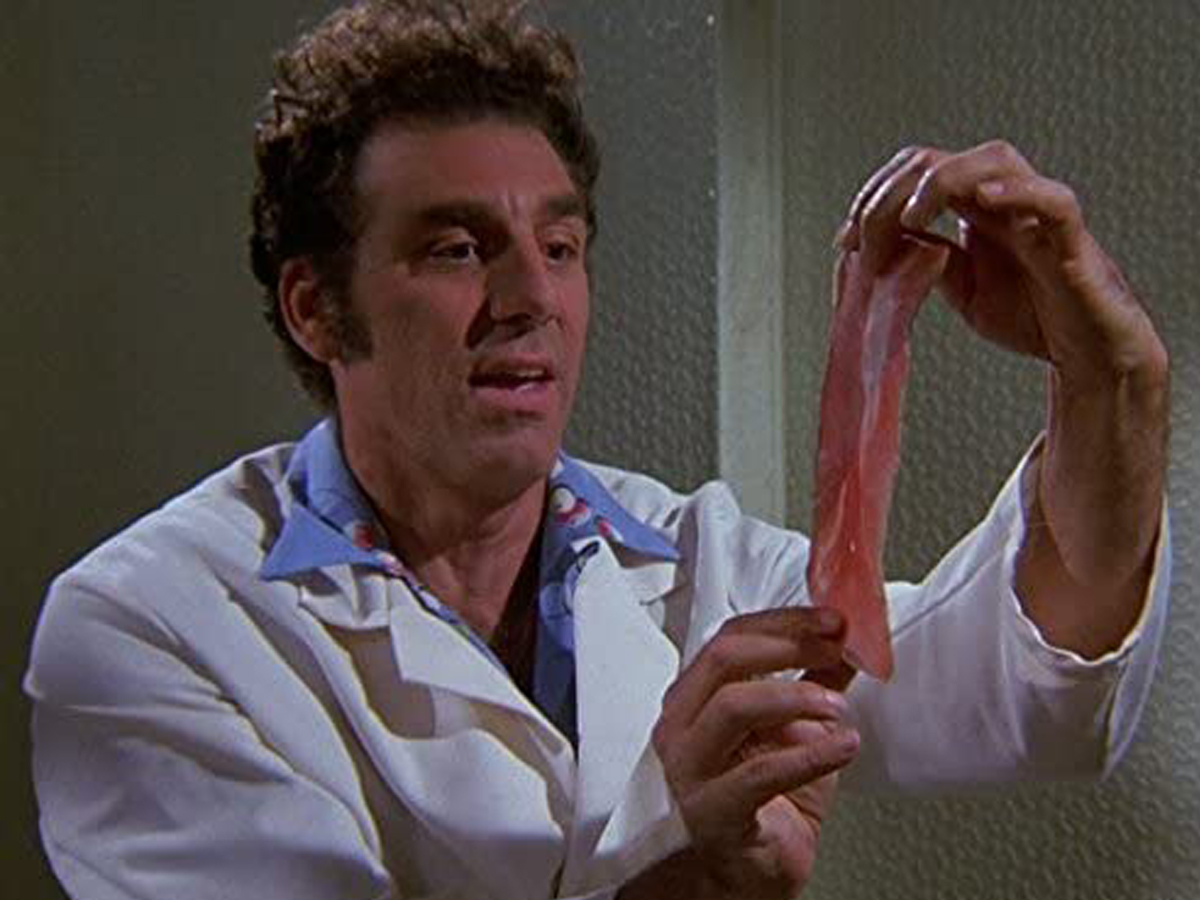
Kramer was a godsend to any live audience and every time he came on screen, it was like an all-out standing ovation from the audience. While this certainly pleased everyone in the studio and helped make Kramer an even more spectacular character, it ended up ruining the comedic timing of scenes as well.
To maintain comedic timing and keep the audience's reactions audible despite their eager claps, a time limit had to be implemented so that at least one joke would remain out there long enough to leave an impression.
The Parking Garage Improv
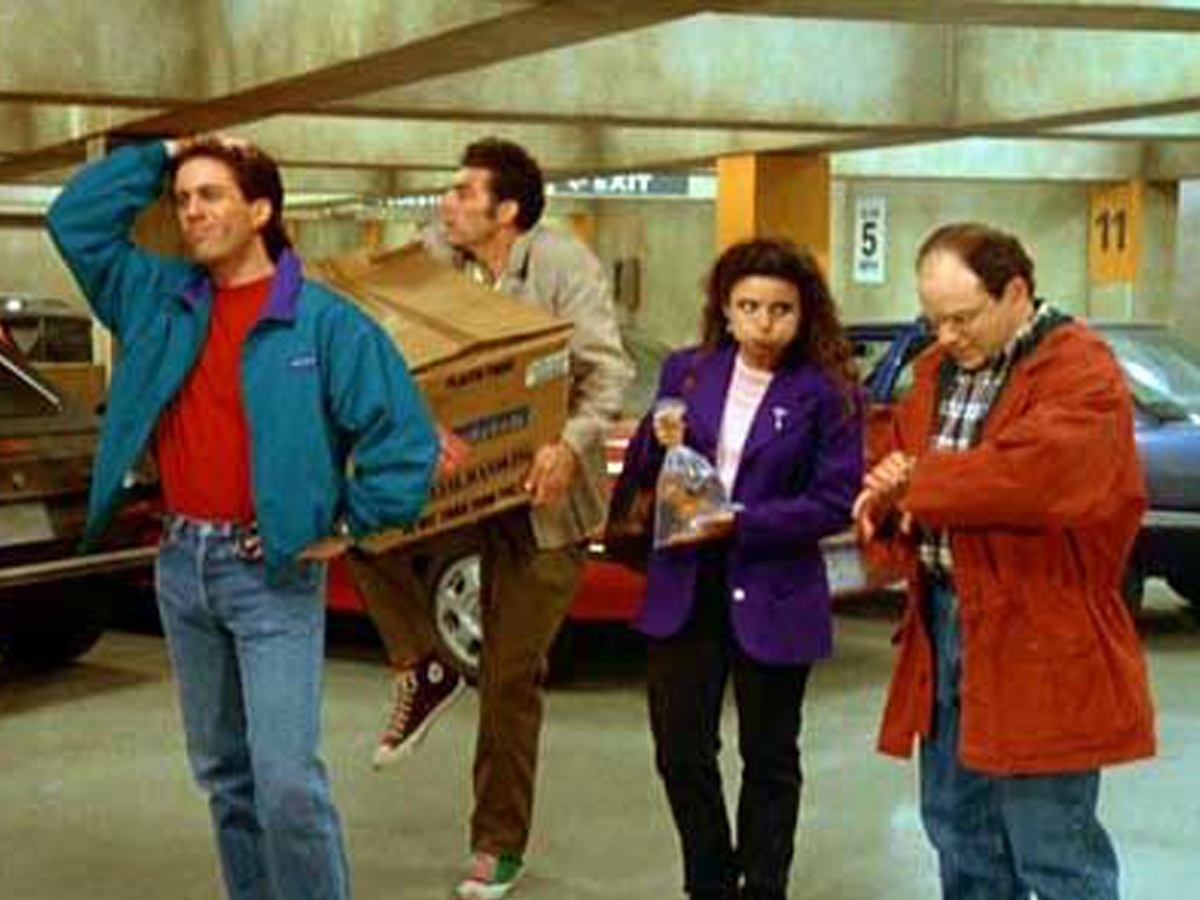
The "Parking Garage" episode of Seinfeld is a classic case of Murphy's law: everything that can go wrong, will. This poor quartet just cannot seem to find their car! All their efforts culminate in the near-heart attack-inducing suspense at the end of the episode when Kramer finally finds the ignition and attempts to start the car...only for it to fail yet again.
Of course, this wasn't planned; otherwise, it just wouldn't be realistic. But this impromptu gag was a delightful little surprise—after all, these comedic masterpieces are meant to keep us on our toes!
George's Clothes Were Too Small and Kramer's Were Too Big

When watching Seinfeld, you may not realize it at first, but the costume designers of the show were actually really great at what they do—especially when it comes to describing the appearance and characteristics of George Costanza and Kramer. We all know one person who wears their clothes too small like Costanza does; such details help draw us into each scene with a little bit of relatable humor.
The same goes for Kenny's swagger, who strides around in clothes that are a size (or two) too big. It brings an extra layer to situations that would otherwise be missing if he wore something more form-fitting. The costume designers on Seinfeld did an incredible job at using outfits to paint a picture about each character—truly making everyone's wardrobe part of the show's rich storytelling experience.
The Chinese Restaurant Episode Almost Didn't Air

Seinfeld's classic "The Chinese Restaurant" episode remains one of the funniest and most beloved Seinfeld episodes. Network executives, however, didn't think the idea of our main characters sitting in a Chinese restaurant waiting to be seated would have been funny at all. But Larry David knew what he was doing!
He believed that this kind of silly, everyday annoyance was totally in tune with the "show about nothing" theme of Seinfeld, and thankfully, he got his way. People love it when someone is brave enough to take a risk and it paid off in a hilarious way for Larry David—and us!
Burning the Puerto Rican Flag Controversy

Everyone has had one of those days where things just spiral out of control, and for an unfortunate Kramer moment, this was certainly the case. While trying to light up a cigar in his kitchen on Seinfeld, Kramer accidentally created an impromptu Indian rain dance—that is to say, he burnt a Puerto Rican flag. Naturally, it didn't sit well with the people of Puerto Rico watching it live-action on their TVs.
It's surprising, though, that not all the viewers took offense due to the nature of the comedy show. NBC eventually apologized to the National Puerto Rican Coalition for any offense caused by what was originally supposed to be comedic relief. We can all learn from this story—even when you don't intend it, you should always be aware of how your humor could offend someone.
The Episode That Never Aired
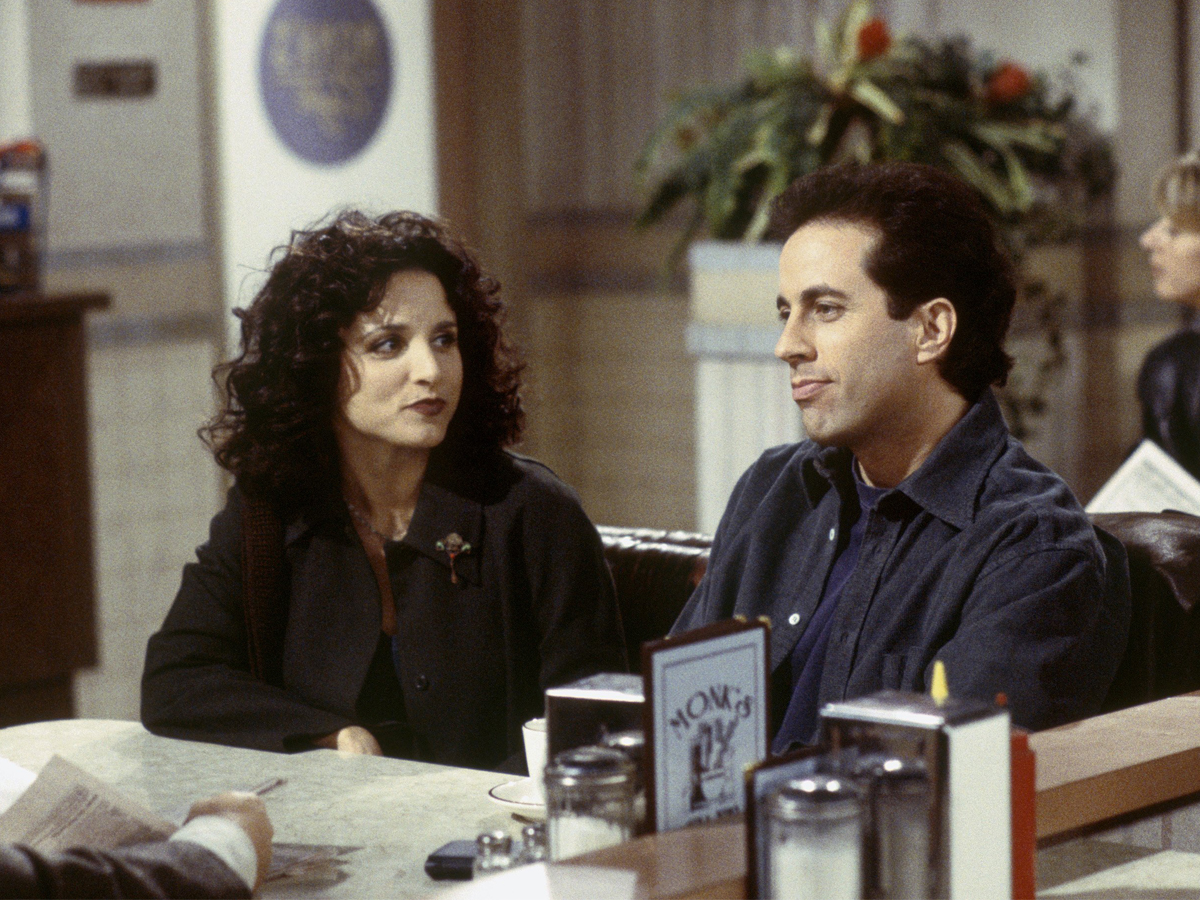
If the writers of Seinfeld tried to make an episode centered around Jerry buying a gun, who can blame them? We’ve all been in situations where a gun felt like the only solution. Just kidding… but for real, it was creative of the writers to come up with such an unconventional topic!
Unfortunately, this idea ended up being too tricky: you can’t usually joke about guns and expect them to be funny. So, the show never even filmed this episode–guess we’re just out of luck when it comes to seeing how Jerry handled the situation!
Jason Alexander Was Mad For Being Left Out
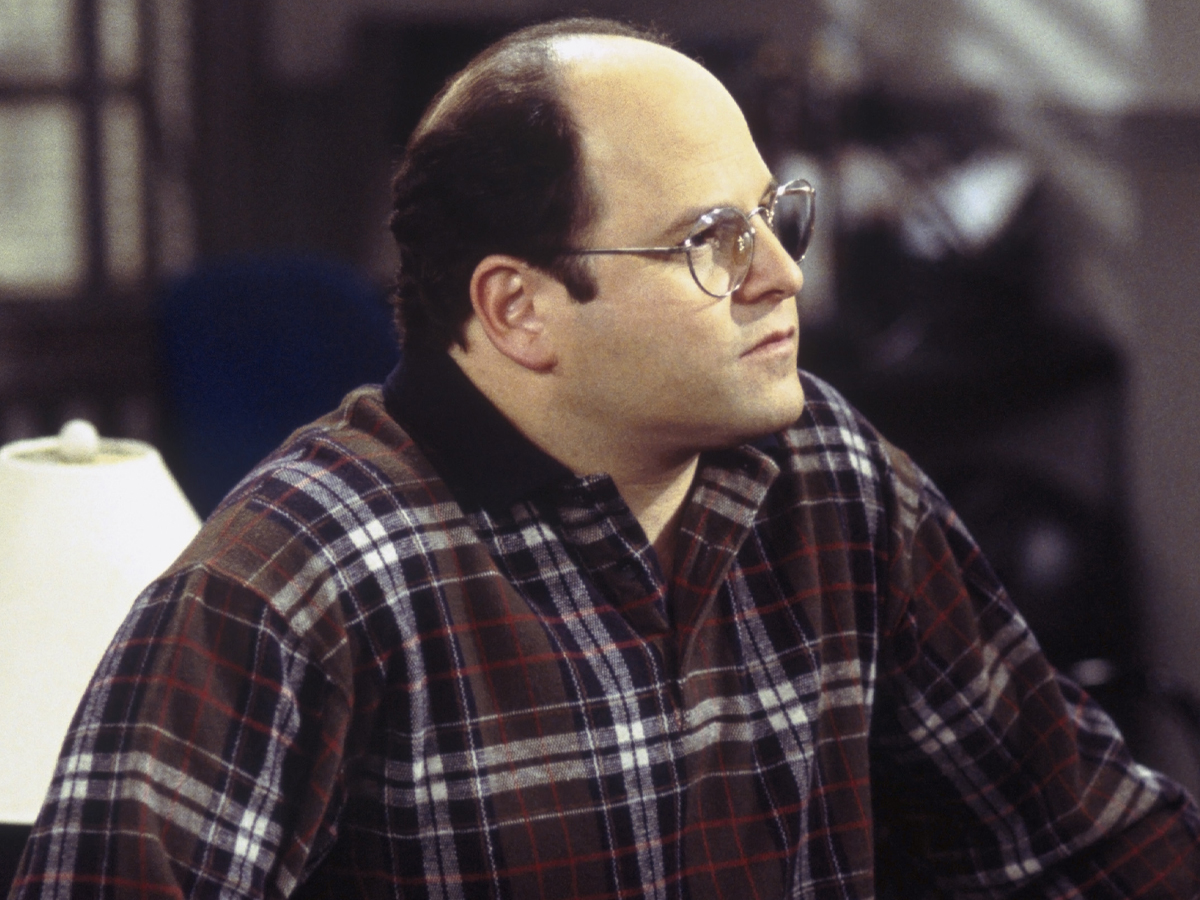
Many Seinfeld fans may remember the episode where Jerry and Elaine go to the beach in Florida. It's a classic, but what you might not recall is that Jason Alexander, who plays George Costanza, was highly dissatisfied by his exclusion from the episode. In his dismay, he actually suggested that he would quit the show altogether!
Although this may seem like an overreaction for one simple write-out of a character, it's important to remember how much of an impact George had on Seinfeld; plus, everyone can understand why he might have felt snubbed if they were in his shoes. Besides, getting kicked off a vacation? Even we've got to admit that it's kind of a raw deal.
Larry David Only Wanted One Season

Little did Larry David know that when he set out to create a television series, it would become a cult classic. After the first season finished production and aired, Larry originally thought that was all she wrote. But NBC had different plans and ordered thirteen more episodes to satisfy the growing fan demand.
Thanks to the success of the first season, the second season of this show went onto become even more iconic and will remain a timeless piece of television history!
The IRL "George" Sued
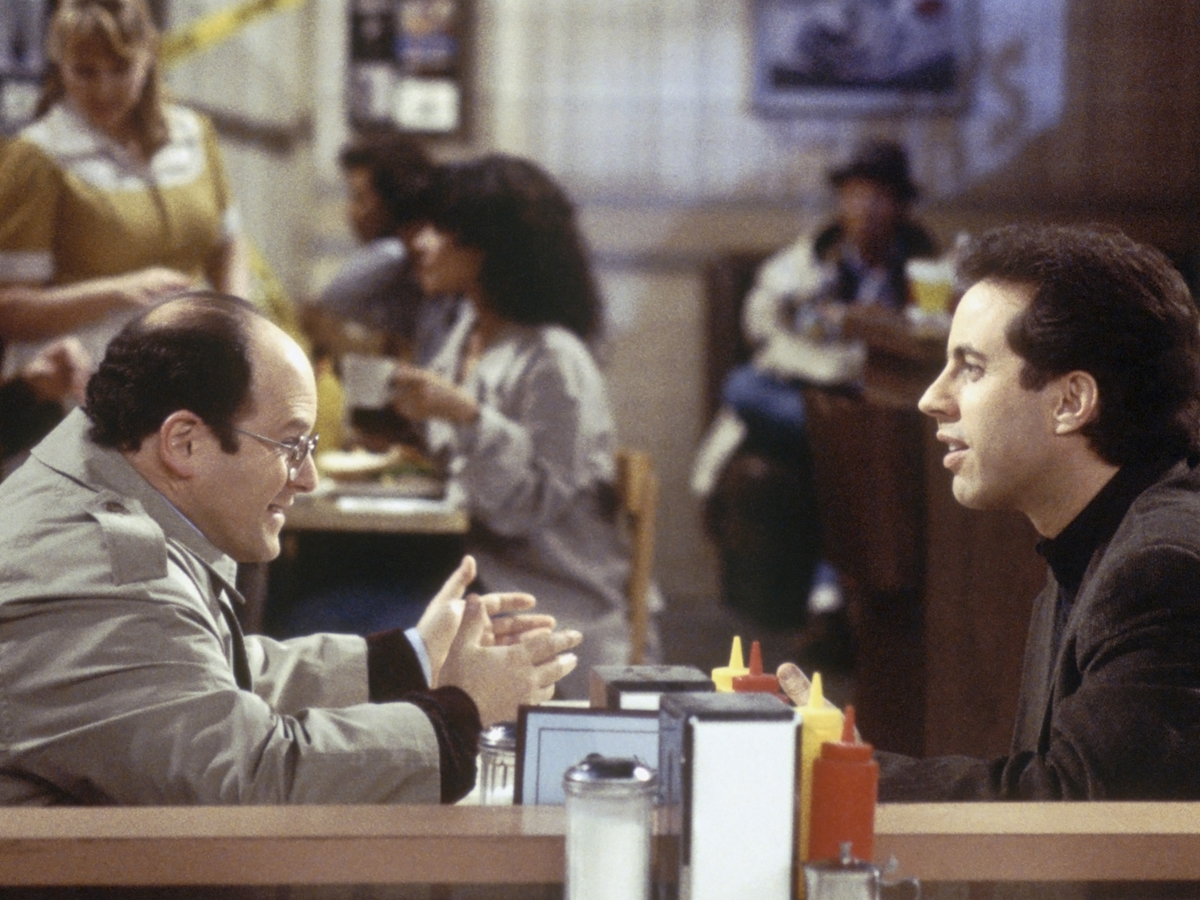
George Costanza is often seen as one of the funniest characters in Seinfeld. While he looks like your everyday "schmo", George was actually based off of a real person, Michael Costanza. Michael became so furious that his personal details had been so accurately replicated in the show's format, he decided to sue Larry David, NBC and Seinfeld for a staggering $100 million; however, it came as no surprise to anyone when his case eventually fell through.
After all, who can compete with a show that was most acclaimed for being able to take something so insignificant as everyday life, and create comedic genius out of it?
The One Rule
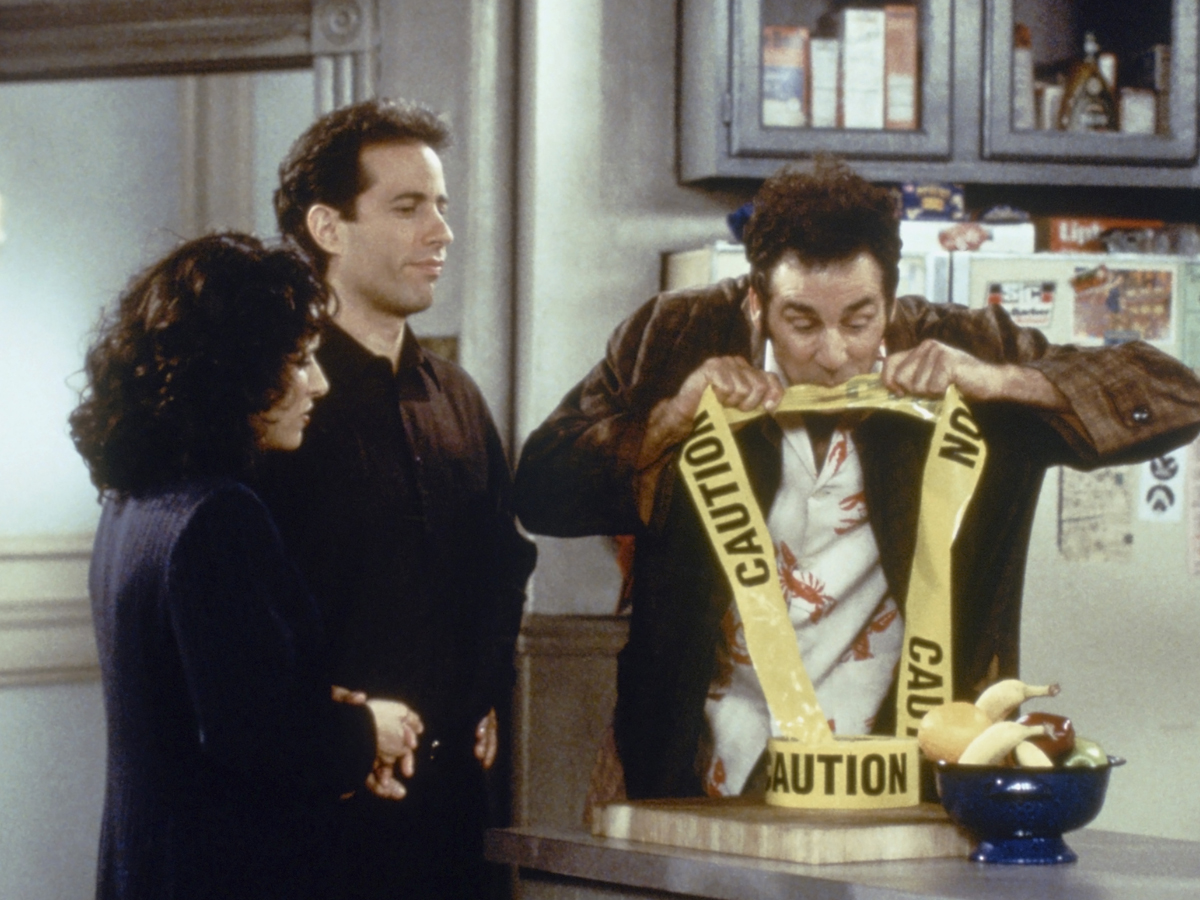
Larry David established a certain set of standards for all characters on Seinfeld that have come to be known as the "No Kissing" rule. Characters never hugged, nor did they typically learn from their mistakes—because who ever really does? By doing this, the show steered away from sentimentality and tackled the issues from a more logical, and oftentimes dark, perspective. All situations addressed were relatable even if viewers chose not to tackle them in an identical fashion.
Although memorable now for its comedy, the climax of Seinfeld was actually quite dark—all the main characters end up in jail. It's truly unique how Seinfeld managed to weave interesting storylines without resorting to cheesy sympathy ploys or happy endings; its bold point of view was part of what made it so beloved by fans everywhere, even decades later.
Not Really A Show About Nothing
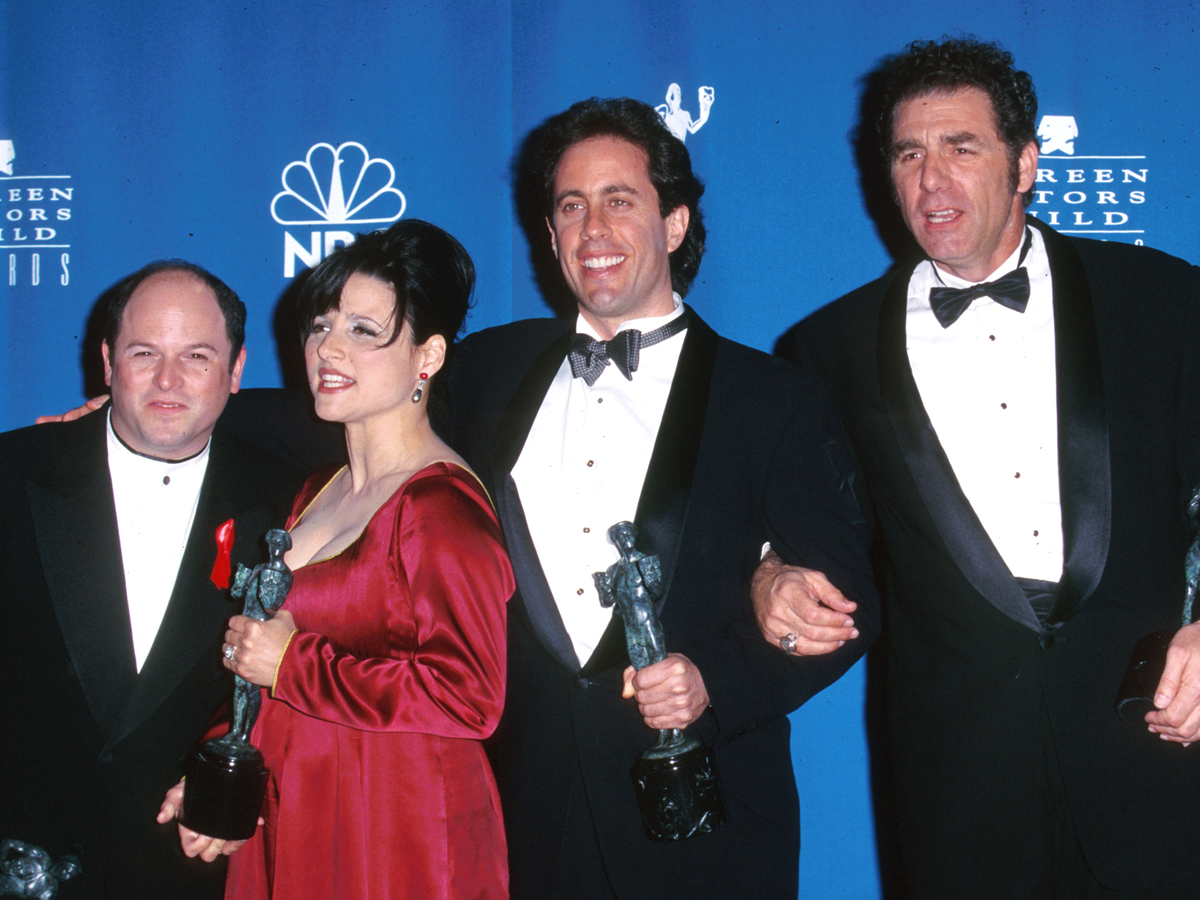
Everyone has heard at least one quote from Seinfeld, and probably assumed it was a "show about nothing." But in actuality, the show can be credited with accurately depicting, through amusing anecdotes and storylines, how modern-day relationships and day-to-day happenings can be utterly ridiculous.
After all, the show was pitched to NBC with the idea that it represented how Jerry Seinfeld got his fabulous material through comic exploration of his multidimensional life. This concept shines through brilliantly in the many standup segments throughout the show's nine seasons and reveals Seinfeld's impressive wit as a wordsmith.
Jerry Seinfeld was the Top-earning Celebrity in 1998

In 1998, Jerry Seinfeld climbed to the top of the celebrity mountain—and kept on climbing, thanks to one colossal deal. Thanks to a $1.7 billion syndication agreement for his show, Forbes estimated that Jerry earned a whopping $267 million that year alone—a staggering number not many could fathom.
It truly was an unmistakable financial feat and an impressive milestone in television history—one that serves as an inspiration for many dreamers looking to climb their own mountain.
Seinfeld Ended with the Same Line as it Began.

If you're a Seinfeld fan, there's one thing most die-hard viewers have noticed: the show starts and ends with the same conversation about buttons. This is hilarious on so many levels; It serves as a reminder of how uninspired our conversations can be in reality.
On the other hand, Jerry and George's exchanges on buttons are re-contextualized in a unique way with each new episode, giving it an underlying meaning that resonates even more after watching the entire series. Of course, this helps build up to that iconic ending—the circle of life! Long live Seinfeld!
The Soup N. Was Based on a Real Person

The Soup N*zi from Seinfeld is certainly one of the most iconic side characters in TV history. It can be difficult to imagine that a restaurant owner could act in such an authoritarian manner, however, this character was based on the real-life Al Yeganeh. Unfortunately, he was not too thrilled with his alter ego and was upset that Jerry Seinfeld had profited off him without his permission.
Indeed, it's safe to say that Jerry has been added to the Soup N.'s list of banned customers—no soup for YOU, Jerry! That being said, it doesn't hurt to wonder if there are any other famous figures who might have encountered the wrath of the Soup N. at some point...
There was Almost a Spin-off

When it came to the end of Seinfeld's run on NBC after a long and successful nine seasons, the network wasn't quite ready to let go of its ratings giant. As a way of not only keeping Seinfeld alive but also getting more mileage out of the show's popular lawyer character Jackie Chiles (loosely based on celebrated attorney Johnny Cochran), NBC wanted Jerry Seinfeld and Larry David to develop a spin-off around him.
The two presented their idea to Phil Morris, who played Chiles on the show, but sadly this plan fizzled out for unknown reasons. Although we never got to see Chiles star in his own series, he will continue to remain one of our favorite courtroom characters from the world of sitcoms.
 Author
Jennifer Freehill
Last Updated: December 04, 2025
Author
Jennifer Freehill
Last Updated: December 04, 2025